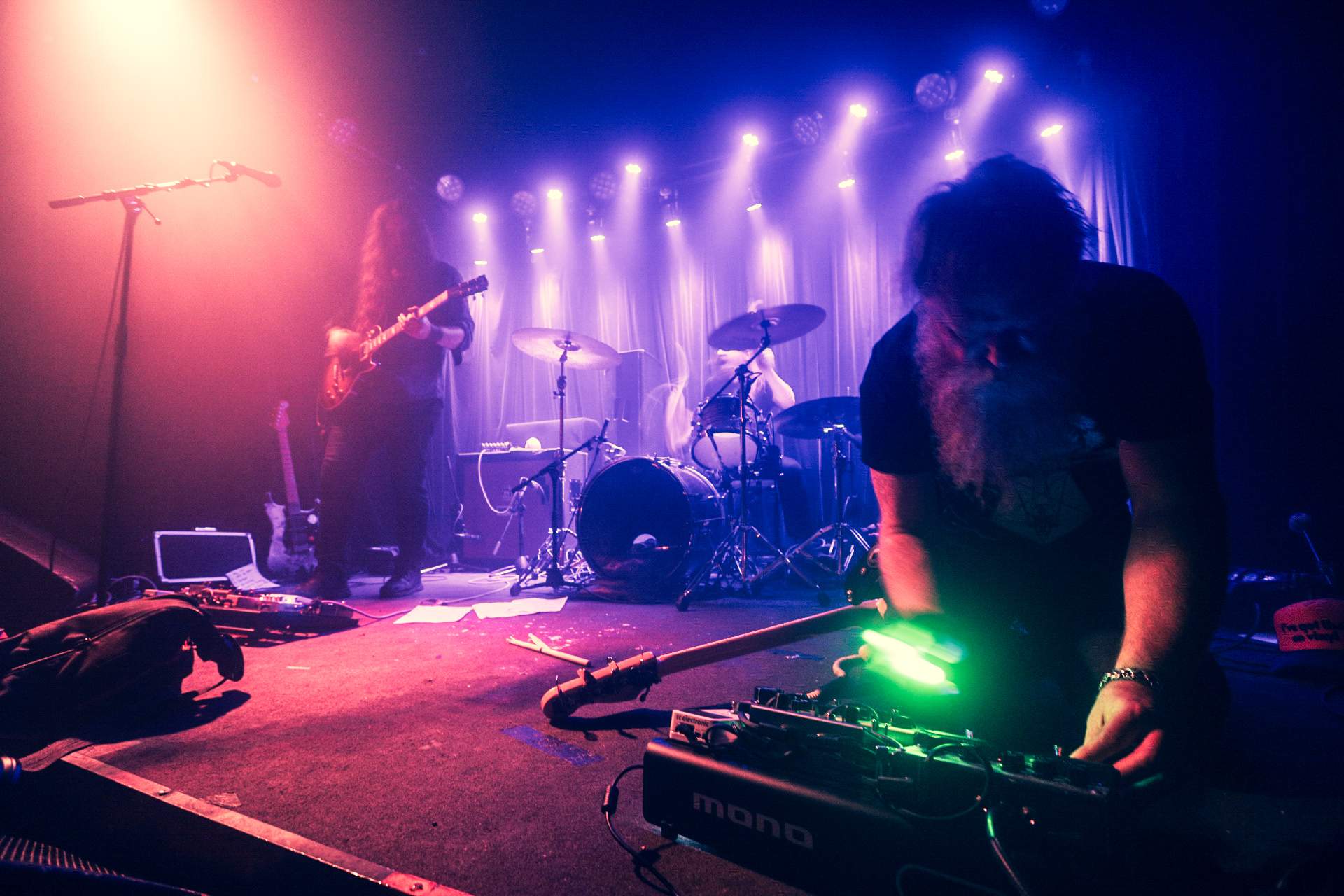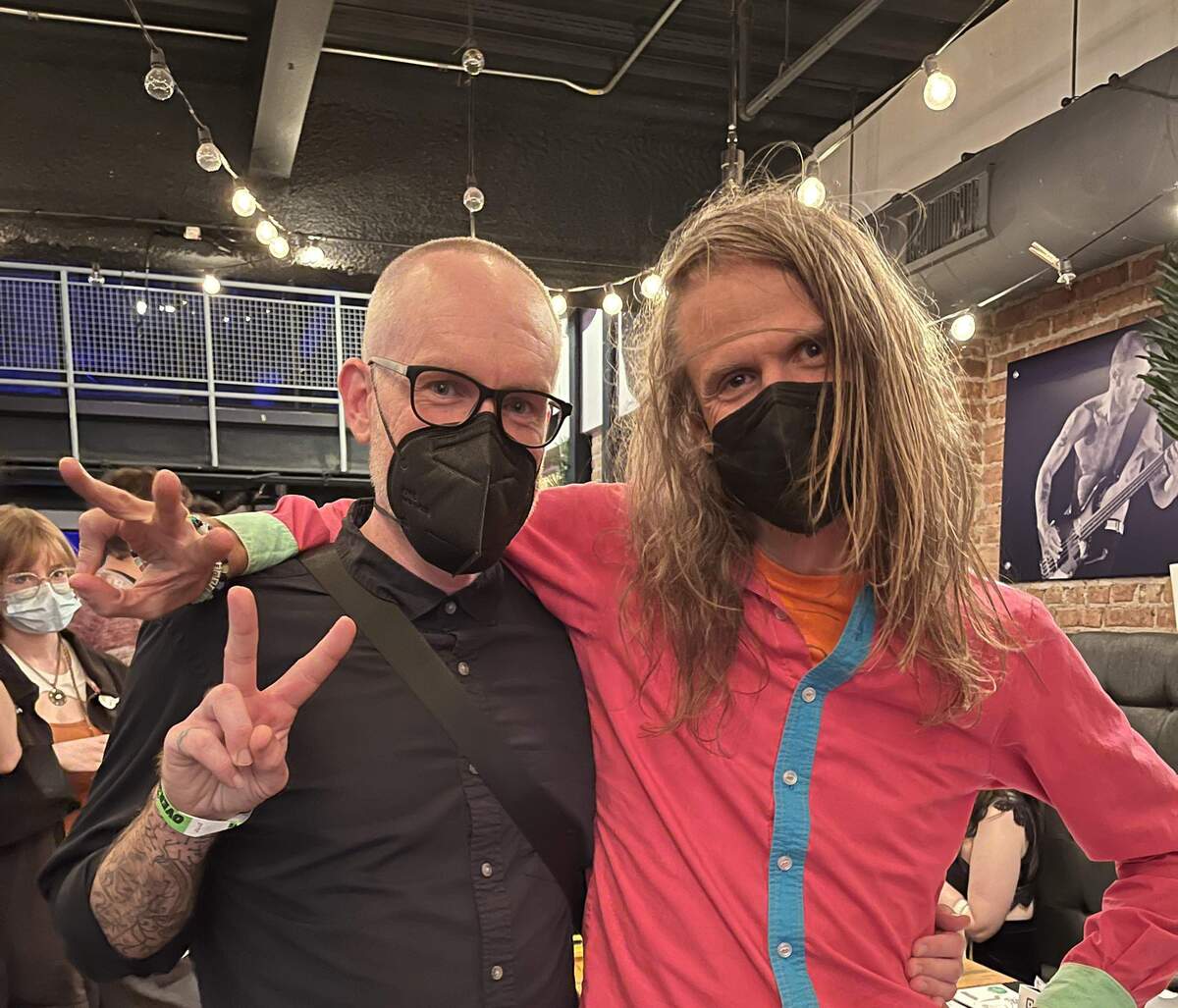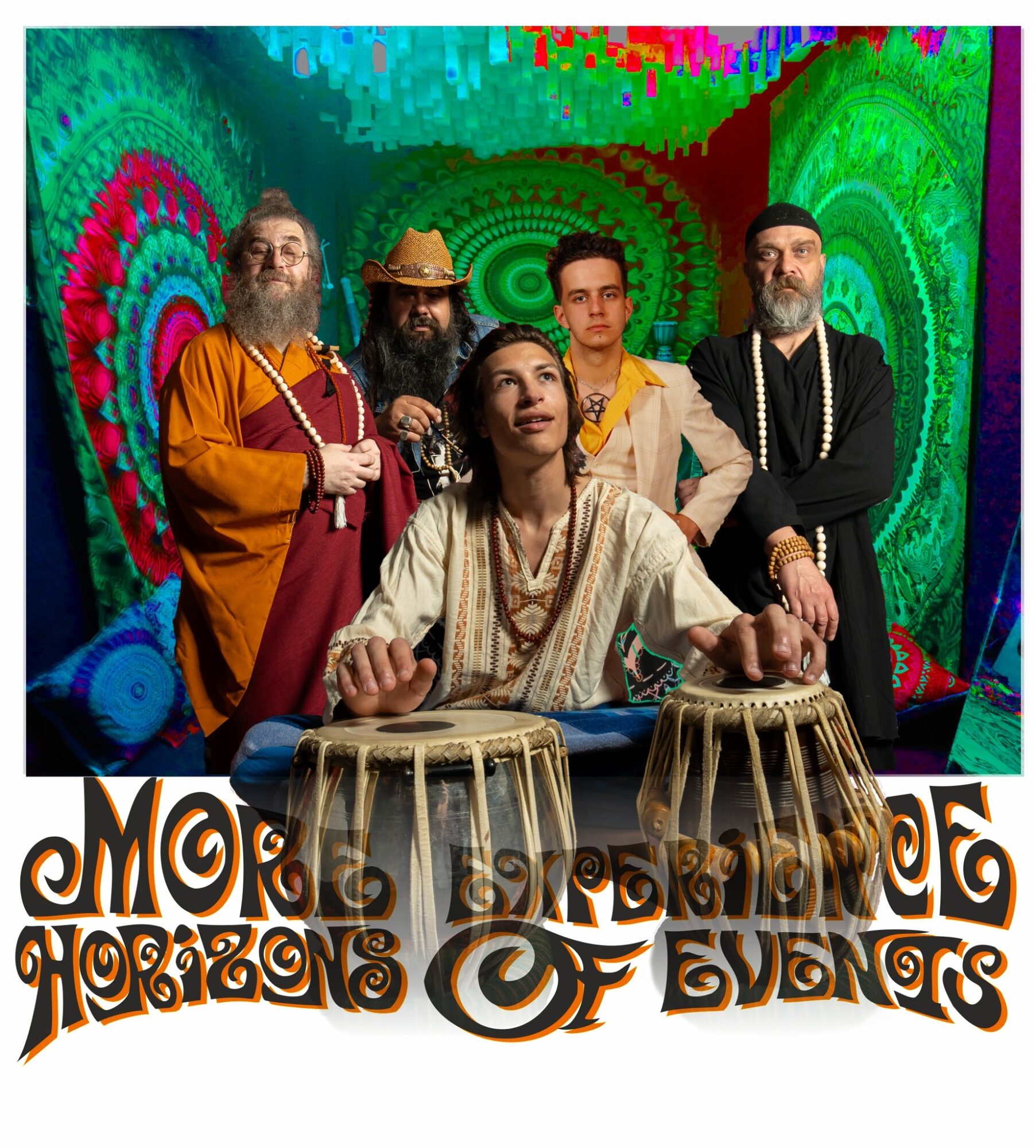‘Noir & Jazz & Dark & Slow...’ by NeonNoOne | Interview | Premiere
Exclusive album premiere of ‘Noir & Jazz & Dark & Slow...’ by NeonNoOne, out today.
The melodic cinematics of NeonNoOne’s debut release create something far more immersive and deeper, a “post-dark-jazz” record, incorporating post-rock textures into a dark-jazz feel. Dreamlike, melancholic, recorded at the legendary BC Studio on the banks of poisoned Gowanus Canal in Brooklyn, New York, ‘Noir & Jazz & Dark & Slow’ captured a very specific feel, from the heart of the New York Jazz scene to Miami neon-filled nightlife. Both ideas and the space affected the recording in a crucial way.
Martin Bisi, who’s been constantly collaborating with Zein, over the last years stresses: “It helped us to work on the other project with an established language. In case with NeonNoOne – I’ve understood that jazz can be a psychedelic experience from listening to late 60’s/early 70’s progressive jazz”. According to Zein, the accompanying work of Elijah Shiffer, Dmitry Ishenko and Dave Miller became the factor that took his initial ideas to a different level. Dmitry Ishenko, notes that a part of his work was also a learning curve exploring the depth of a new musical direction. A Berklee college graduate, Ishenko, an upright bass player, has been exploring the depth of jazz and avant-garde music for many years now. Commenting on differences in process Dmitry highlights: “Doom Jazz doesn’t have too much in common with either of those styles of playing aside from the basic instrumentation: drums played with brushes, saxophone, piano and upright bass, although one can easily bring some elements of the common practice Jazz styles into that music”. NeonNoOne’s music is something that could be described in various ways. “An atmospheric trance music”, “a long night drive through the neurons of your mind”, “bleached in the melodics of dark windows and lost buildings”. Elijah Shiffer sums it all up perfectly saying: “I like to think of this music as a soundtrack for a non-existent film – if you’re listening you can imagine it in your head”.
“The sound of music that doesn’t attack you – but it creeps in you”
You’re all coming from rich musical backgrounds. What led to formation of NeonNoOne?
Kolin: In January 2020 during the first and strictest NYC lockdown I stumbled upon the subgenre of Jazz called the Dark Jazz aka Noir Jazz, aka Doom Jazz. It was something so exciting and fresh sounding I immediately began digging deeper, and just like with all best-kept-secrets found the rabbit hole of great releases, bands and one-man projects around the world. In a world where loudness war and upbeat feel-good songs were dominating social media and streaming that slow, dark, quiet and deliberately non-ambitious music was a breath of fresh air. I immediately started to think that I want to record my own take on this genre. And since I spent a lot of time composing and playing in avant-garde and post-rock settings I wasn’t new to atmospheric textures and backgrounds, I just needed to add a jazz element to it. So I reached out to the best avant-jazz musicians I knew and we recorded ‘Noir & Jazz & Dark & Slow’.
Elijah: I got called for this recording session the day before it happened by Dmitry Ishenko, whom I’d first played with in the klezmer band Klazz-Ma-Tazz and more recently in a couple of my own groups. He described the music as “doom-jazz” and no wave, which is one of my favorite genres which I don’t get to play nearly enough. This and the location – I’d recorded at BC Studio back in 2017 and love the space – got me really excited to be involved in this project.
Dmitry: I have met Kolin several times over the years at various shows on the New York improvised scene, some with his group Rocket Silence, and some with his improvised project, ‘We Don’t Exist’, with whom we once shared a bill. He contacted my partner, guitarist/vocalist/songwriter Yana Davydova, asking to recommend some Jazz musicians for his latest project, and she put him in touch with me. From there, we had several conversations during which we discussed the direction of the music and the type of instruments he wanted to feature: alto saxophone, drums (played mostly with brushes), and double bass. I called Dave Miller to play drums since we had a long history of playing Free Jazz together and I knew that he had strong ties to the studio where we recorded, BC Studios, including drumming for our engineer’s Martin Bisi’s own project. Elijah Shiffer and I have played in various projects over the years, including one of his own bands. He is one of the best saxophonists of his generation in New York City and I knew he would be absolutely amazing at playing Kolin’s music. From there, it was just a matter of organizing charts for the musicians and coordinating their respective recording slots.
Martin: Dmitry (bass), Kolin, Dave (drums) and myself have known each other for a long time, and seen each other’s projects. Dave is a member of my personal band (Martin Bisi band). And Dmity and Elijah also have a history together. This makes a big difference and makes for good music. We’re all also part of a culture of mixing genres, where musicians have projects in multiple genres. This seems more common these days, at least in New York.
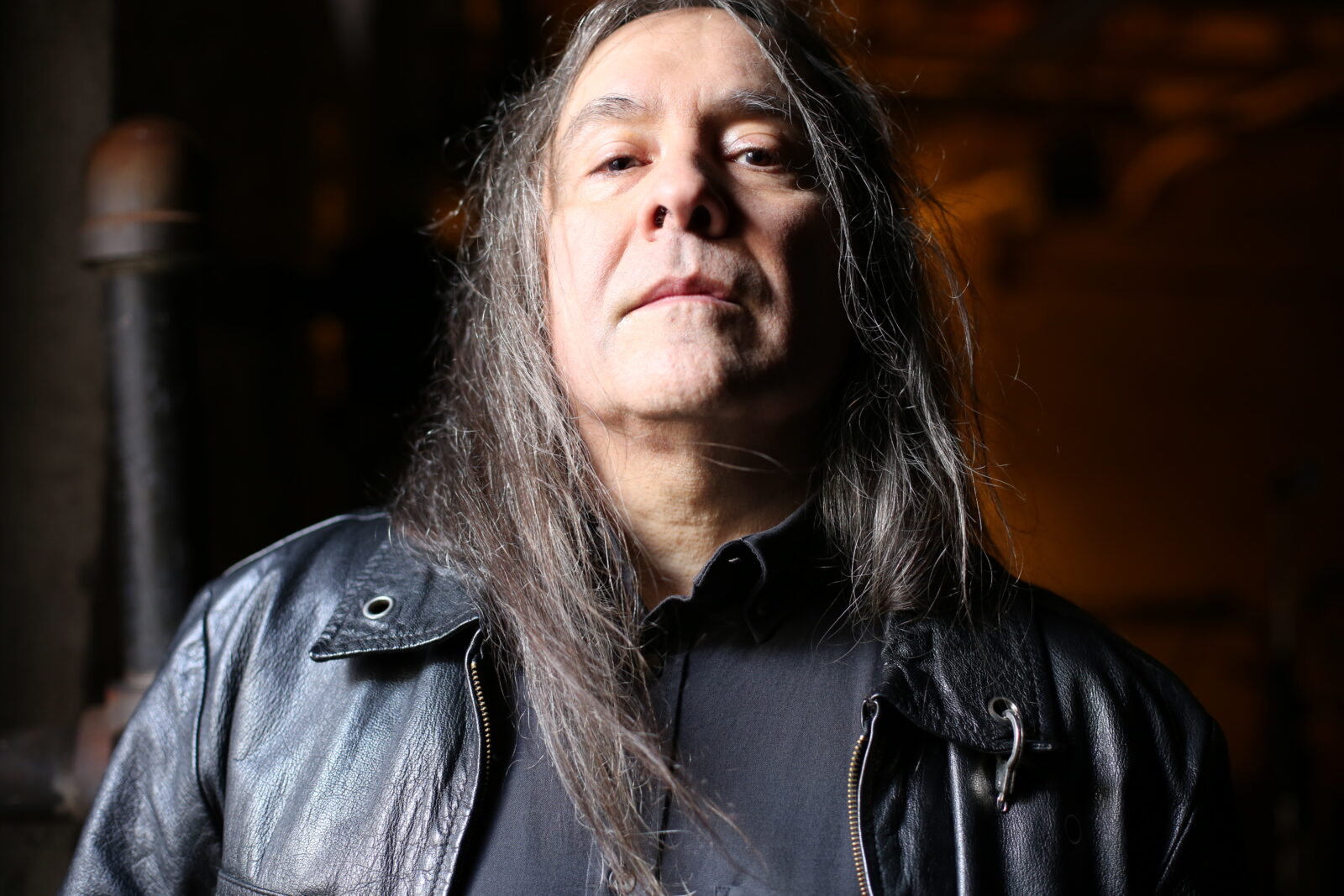
Your latest EP seems to have a strong concept-based composition. Was it difficult to finish it and what were some of the main obstacles when it came to music making?
Kolin: It was one of the easiest and quickest sessions I had in years, honestly. Coming up with a concept of ASMR mix that music itself was quite asking for, reaching out to the biggest dark jazz label out there – Signora Ward Records, pitching the concept to them – voila, we now have the first official ASMR EP in Dark Jazz available for your enjoyment. Sometimes you just have to follow your gut feeling and don’t overthink it.
Elijah: As Kolin says, this session was very easy and straightforward. From my first note in the studio I knew exactly what and how I was going to play. Hearing my own sound in the headphones as I played, I could already imagine the effects that were added later.
Dmitry: This was a very easy and inspiring recording session. Kolin had prepared all of the “foundation” tracks and was very organized about it, therefore things went very quick. Dave Miller and myself laid down the drum and bass tracks, and Elijah recorded his saxophone parts right after. Everyone knew exactly what they were doing and had a great time doing it!
Martin: The music was fully composed by Kolin, but in the end it was supposed to have an improvised feeling. That was the trick, to leave the impression that all the parts were spontaneous.
Can you share some further words about how the EP was finished in the studio?
Martin Bisi did a tremendous job recording and mixing it. Legendary BC Studio he owns is such a vibrant – both sonically and emotionally – place you just have to learn how to use that natural ambience, reflections and delays. It’s amazing how many incredibly loud and aggressive sounding records were recorded there over the last 4 decades and how awesome it sounds with quiet-ish music. To some point it was also a very radical move – recording uncompromisingly slow and quiet music in that place – so it felt like it fit right in, just on the other side of the spectrum.
Elijah: I’d say that if you’re going to record the kind of music that Kolin did, BC Studio is the perfect location. This is music where “time” doesn’t mean exactly the same as it usually does – of course there is tempo, but so much stays the same within each song that in listening you can’t tell how long they go for, it sounds like it could be two minutes, it could be twenty… And the studio feels like that too, with its depth and its insulation from the outside world. I should also add that Kolin’s sheet music may have affected the way I heard and related to the songs. Because the charts were digitally transcribed, they were written out from beginning to end with no repeat signs. I feel like this was in some ways a visual representation of how much open space the music has.

Martin: The process of mixing, which I did alone, was actually fun. This is rare, I usually enjoy the results, but not so much the journey.
Dmitry: I wasn’t part of the mixing session, but I have to say that BC studios is one of the most amazing and unique recording studios in New York City and the world. There is so much music history made there, and the huge bare space is very inspiring for all musicians that record there. You can’t help being very influenced by the cavernous space and the huge sound. I have worked with Martin Bisi several times over the past few years, including on my own solo bass project, and he is one of the greatest, inspiring and musical engineers I have ever worked with, therefore I have the utmost faith that this project will sound top notch when completed.
You are exposing the importance of emotion…
Dmitry: It’s difficult to pinpoint the exact type of emotion this music brings out, and I’m sure it varies drastically from person to person. For me, recording very minimal parts, staying focused on them and often choosing silence rather than playing a note added a certain amount of intensity and brought out some unique emotions.
Kolin: In the modern world of post-truth and combating narratives emotions are incredibly valuable. Your brain can be tricked, your emotions can only be triggered. You can be lied to and persuaded in other people’s beliefs, but your emotions will remain your own and never lie to you – they’ve been a part of you even before you were born. That’s why to me it’s incredibly important to write and record music that bypasses your brain and goes directly to your emotional self. Close your eyes, clean your mind and LISTEN. Alone. In the dark. Where you are free of concepts and narratives and open to feelings.
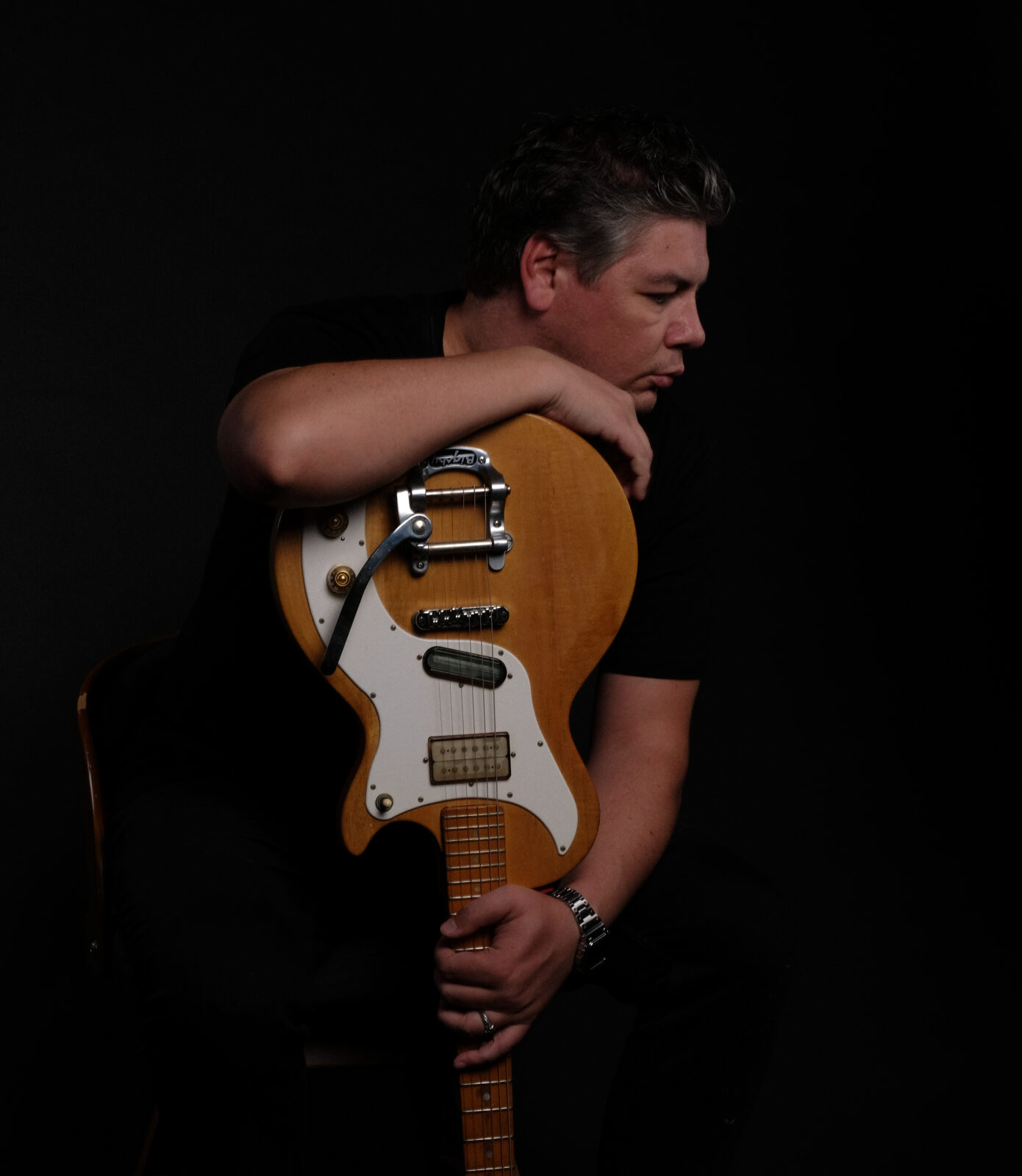
Elijah: Certainly with simple and repetitive music like this, there’s the danger of becoming mechanical and without emotion. Once there’s a melody on it, there’s also an opposite danger – these songs aren’t necessarily supposed to be like blues songs or straight-ahead jazz ballads where the melody instrument or voice draws so much attention to itself. I feel like this music can represent a liminal space between being “with it” – focused on the melody – and “lost” in the repetition.
Martin: The pathways of music in your brain are still pretty mysterious. There are many pathways and levels. Music can trigger other senses, like color and texture, as well as memories, abstract feelings and states like joy, calm, contemplation, and religious experiences. When you work on music, you know when different regions of the brain are getting stimulated.
“Its unique characteristics are slow tempos, dreamy textures, minimalist playing and a trance-like atmosphere”
You’re describing your sound as “post- dark-jazz”. What does that mean in your music world?
Kolin: Haha, and here we are immediately trying to create yet another narrative, aren’t we? Let me try to avoid “conceptualization” and speak to your feelings. It’s the sound. The sound of music that doesn’t attack you – but it creeps in you. Sound of music that you can listen to during the long night drive. Sound of music you can enjoy when the rain falls and the world goes black and white. Sound of music that can be played in the background through the dark open window while you enjoy your neat drink on the fire escape. Sound of music where ambience is as equally important as melody and silence is an integral part of it.
Dmitry: “The whole “Dark Jazz” and “Doom Jazz” style was a revelation to me; I never heard of it before. Its unique characteristics are slow tempos, dreamy textures, minimalist playing and a trance-like atmosphere. I like how even pieces in major keys sound melancholy and minor.”
Elijah: I’m not sure I can say anything about the “post-” part but as far as the darkness – there are so many different kinds of darkness as an aesthetic, it can get subjective at the same time as it is very specific. My friend Dan Lehner started a band last year called The Great Long Meadow Fire, whose music he describes as “dark Americana”. I initially thought this meant there would be a post-apocalyptic, anarchistic element to the music, but hearing Dan’s band I realized that this particular darkness is the sadness and depth associated with early blues and spirituals. With Kolin’s music I have my own specific interpretation of its darkness, as I’m sure we all do. He sums it up pretty nicely in his answer, but I would add that the songs have that blues sadness to them, and also that they certainly sound like night or twilight or winter, like watching a subtle winter sunset.
Martin: Well this music stimulates impressions of dark colors for me, like you might see in the twilight. And it’s not purist -It’s “post” all the previous movements in Jazz.
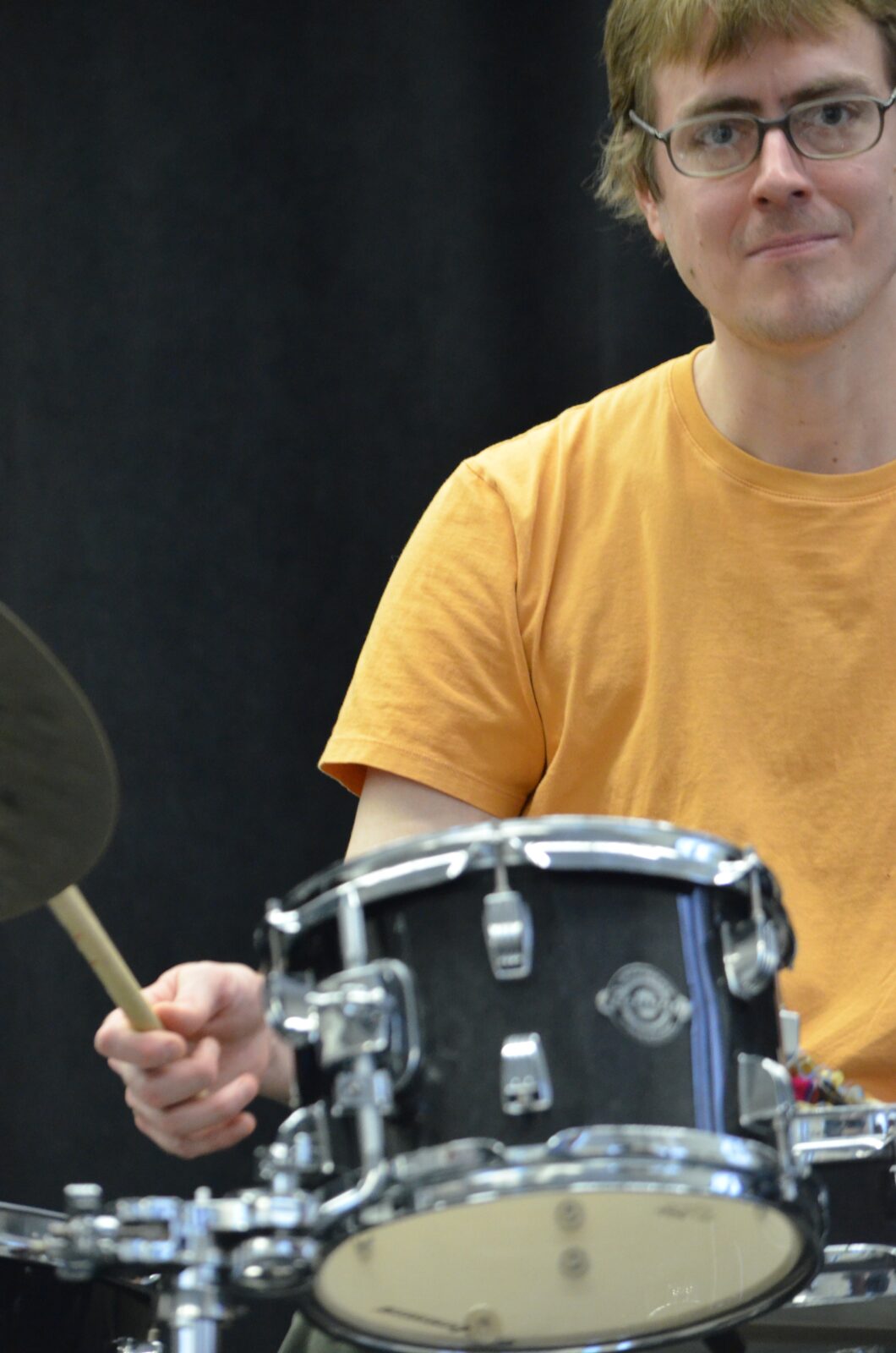
Let’s end this interview with some of your favorite albums. Have you found something new lately you would like to recommend to our readers?
Kolin: Michael Arthur Holloway’s ‘Strange Cargo’ and ‘Guilt Noir’ have been constant on my playlists. Lowering ‘Struggling With The Dark’, ‘Brooklyn’ and ‘Happiness’. SQÜRL ‘Some Music For Robby Müller’. Japanese post rockers MONO ‘Pilgrimage Of The Soul’. Martin Bisi’s ‘Solstice’ – just to name a few. All are very emotional releases for sure.
Elijah: Two of my favorite albums that came out last year are “<3 Bird” by Kevin Sun and ‘HeisseScheisse’ by Strictly Missionary – the latter I believe was also recorded at BC Studio. I’d also recommend ‘ghostly.ridiculous’ by my friend Mat Muntz, which I’d say has a strong “dark jazz” aesthetic. I’m looking forward to Mat’s upcoming release ‘The Vex Collection’. Also, everyone should be checking out Very Good’s ‘Adulthood’, Petite Feet’s ‘Nude Piano’, Dave Treut’s ‘Time’s A River’, and Joanna Sternberg’s ‘Then I Try Some More’.
Martin: Listen to Sana Nagano’s ‘Smashing Humans’, an avant-jazz sextet also recorded at BC Studio.
Dmitry: Lately I have been listening to a lot of albums by the great New York pianist Craig Taborn. Particularly his album ‘Daylight Ghosts’ and the album he released under the group name Junk Magic: ‘Compass Confusion’. Also an older album from the 90’s by Henry Threadgill ‘Too Much Sugar For A Dime’.
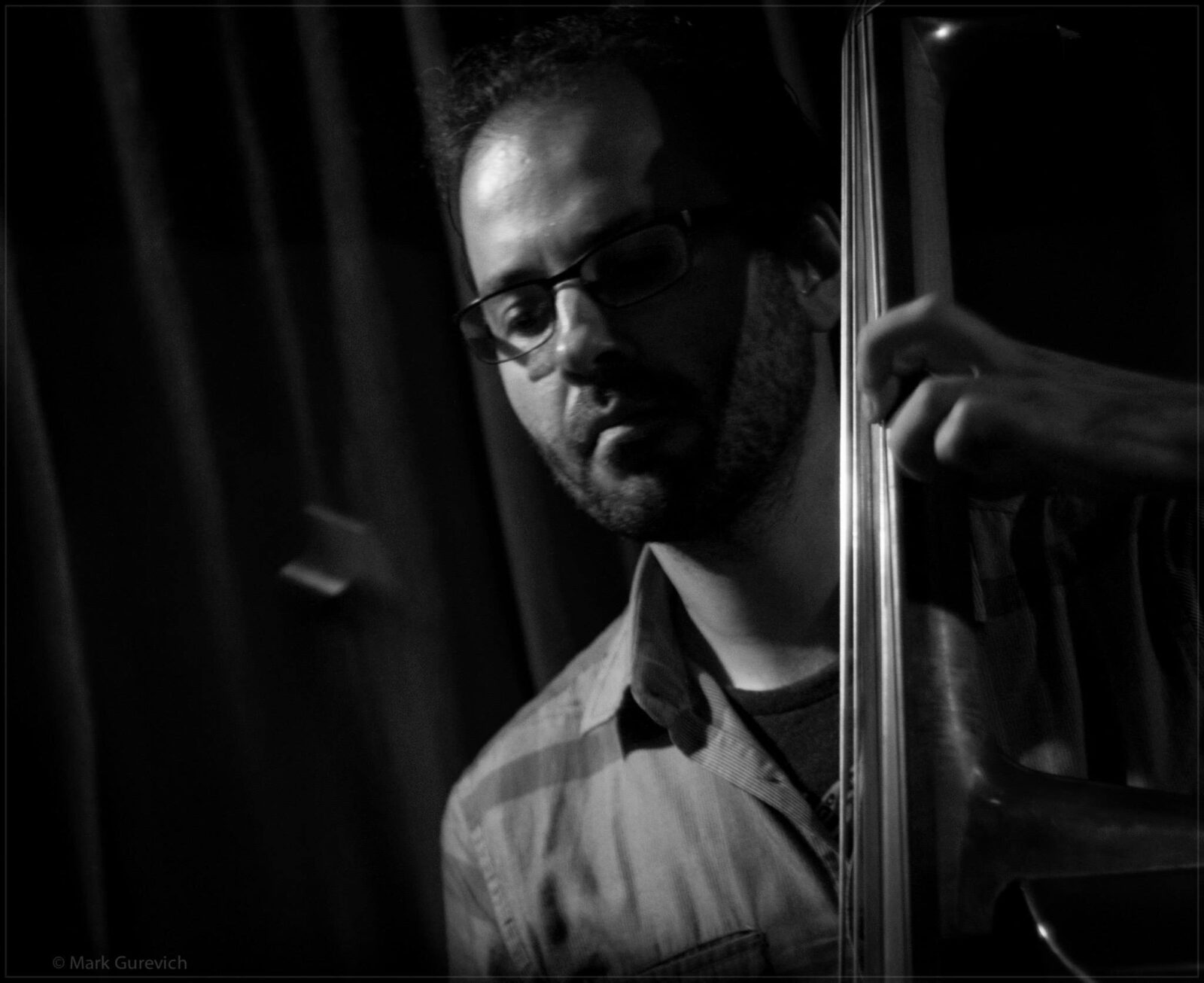
Thank you. Last word is yours.
Kolin: “The world is quieter now. We just have to listen”. Thank you.
Elijah: Thank you! Excited to be a part of this.
Martin: Set aside your sense of time, location and proportion before listening to this – unplug it all.
Dmitry: Thank you, I hope you enjoy listening to the music as much as we enjoyed recording it!
Klemen Breznikar
NeonNoOne Instagram / Bandcamp


